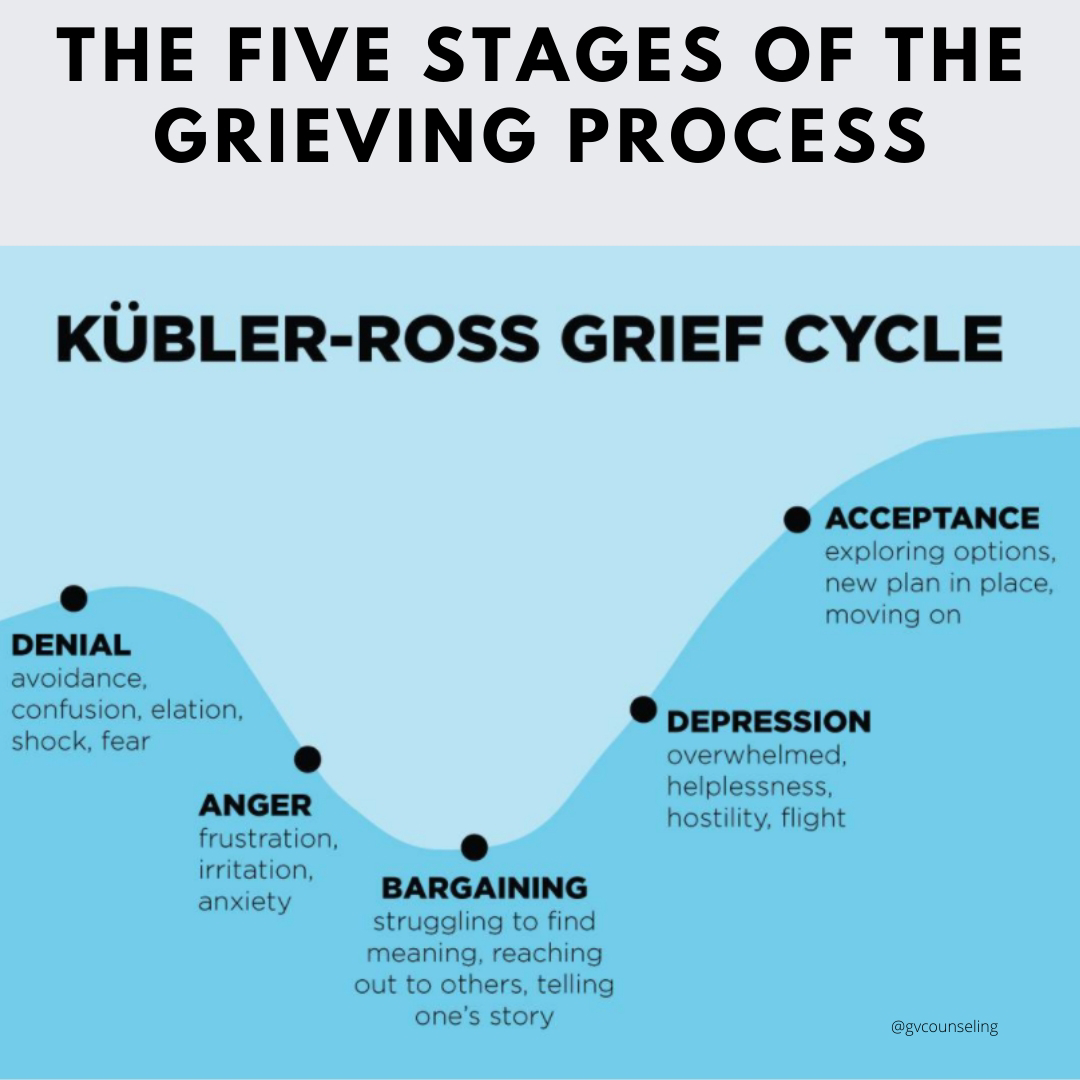Homoplasty & Convergent Evolution guides Morspace evolution outside of NeoDarwinism

Homoplasy and convergent evolution are both phenomena that occur outside of Neo-Darwinism. Homoplasy is the independent evolution of similar features in two or more unrelated species. This happens outside of natural selection. For example, the wings of bats and birds are both homologous structures, but they evolved (non darwinian) independently from each other. Convergent evolution is the evolution of similar features in two or more unrelated species that are adapted to similar environments. This can happen in species that are adapted to similar environments. For example, the flippers of whales and dolphins are both convergent structures, as they evolved independently from each other to help these animals swim. Both homoplasy and convergent evolution can be explained outside of the NeoDarwinian framework. For example convergent evolution can also be caused by the interaction of species epigenetically with their environment. Outside of Neo-Darwinism, there are a number of ot...







